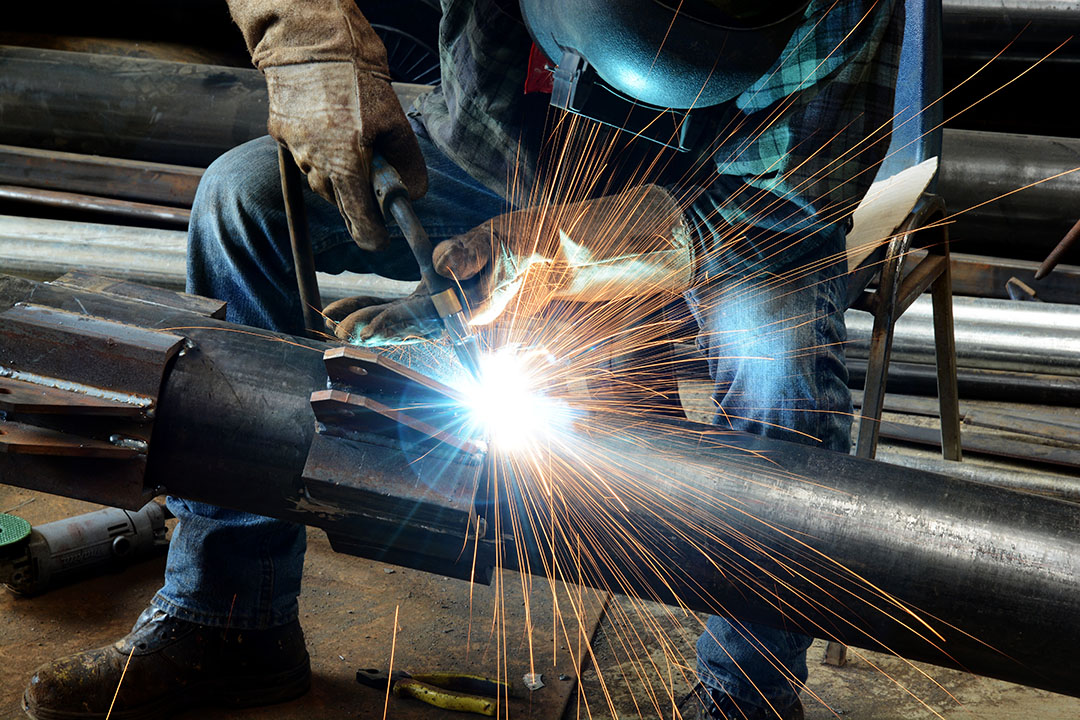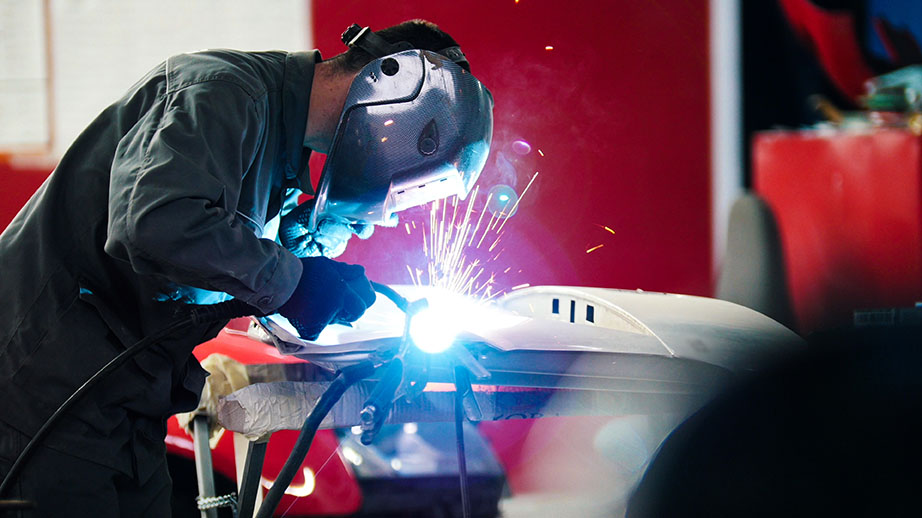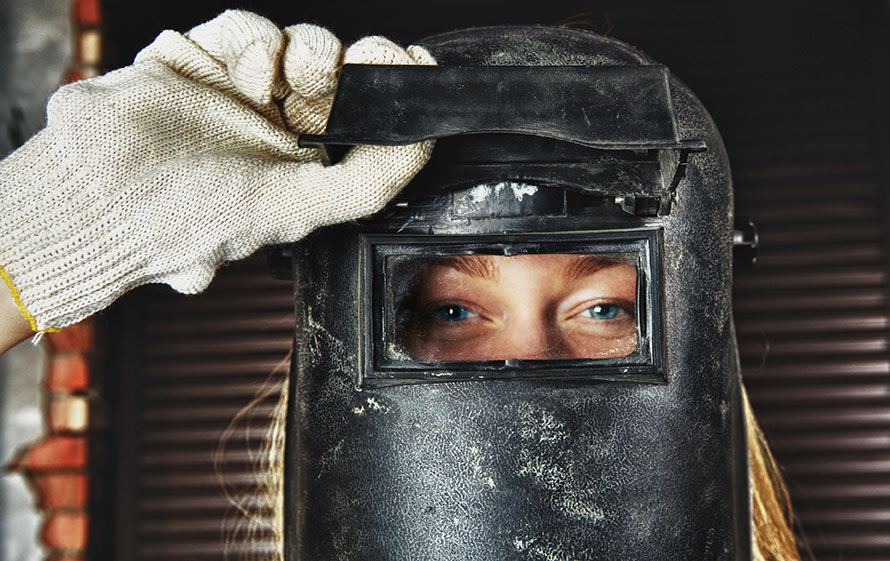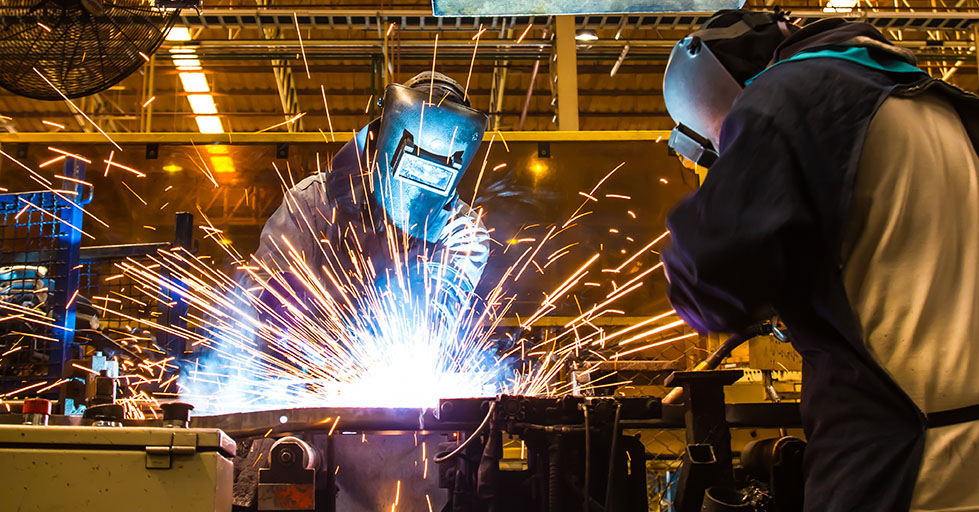Hot work
What are the Hazards Associated with Hot Work
Hot work produces electrical arcs or flames that can reach up to 10,000 °F. Fires and explosions are a serious and potentially deadly concern. High temperatures, sparks and slag, which can contribute to heat stress, heat stroke and burns. Hot work equipment, such as arc welding circuits, can cause serious or fatal electrocution. Arc welding produces intense UV light that can damage welders’ retinas.
Many of the substances commonly found in welding smoke, such as arsenic, nickel, asbestos, silica, cadmium, fluorine and more, can be extremely toxic. Different components in welding smoke can affect the welder’s lungs, heart, kidneys and central nervous system. Long-term exposure to welding smoke can cause chronic respiratory problems, decreased lung capacity, heart disease, skin disease, hearing loss, kidney damage, reproductive harm, and other diseases.
How Should My Facility Prepare for Hot Work?

- The supervisor must determine what flammable and combustible materials are nearby
- The supervisor must move or cover those materials
- The supervisor must secure authorization from the designated hot work authorizer
- The authorizer must inspect the area and log information
- The supervisor must ensure that firefighting equipment and, if necessary, a fire watcher is nearby
- The supervisor must give the welder the go-ahead to begin hot work
How Can My Facility Move or Cover Flammable Materials?
To help prevent fires and explosions, the Occupational Safety and Health Administration, or OSHA, enforces safety regulations for hot work. If the object that a worker is welding or cutting can’t be moved to a designated welding area, then all fire hazards must be moved at least 35 away from welding operations.
If there are fire hazards that can’t be moved, they must be guarded to protect from heat, sparks and slag. Openings and cracks in floors, walls, and ceilings must also be guarded to prevent sparks, heat and slag from traveling to other rooms. Walls and ceilings that are made of combustible material must be shielded. Ducts and conveyer systems that could carry sparks must be shut down or suitably protected before hot work operations begin.
 Personal Protective Equipment
Personal Protective Equipment
Eye and face protection, such as goggles and face shields or helmets, helps protect workers from hot sparks and molten particles. Other common PPE for hot work includes insulated gauntlet gloves, hard-toed high-top shoes, leather aprons, insulated coveralls, safety glasses, helmets and hard hats, and leggings or high boots. Workers should always keep their clothes fully buttoned and uncuffed when performing hot work and wear wool or insulated fabrics. When welding overhead objects, workers will need extra protection, like heat-resistant shoulder covers, aprons, head covers, leggings, and suits. You must provide most types of PPE to your employees and train them on how to properly use, maintain, and dispose of it.
Summary
Hot work can be dangerous and even deadly, but with proper training and protective measures, your facility can reduce the likelihood of welding-related injuries and illnesses. Follow all precautions for hot work and remove or cover flammable and combustible materials before your employees can begin. Ensure that all employees are provided with PPE and use it correctly every time that they work.
For more information, click on the following links:


